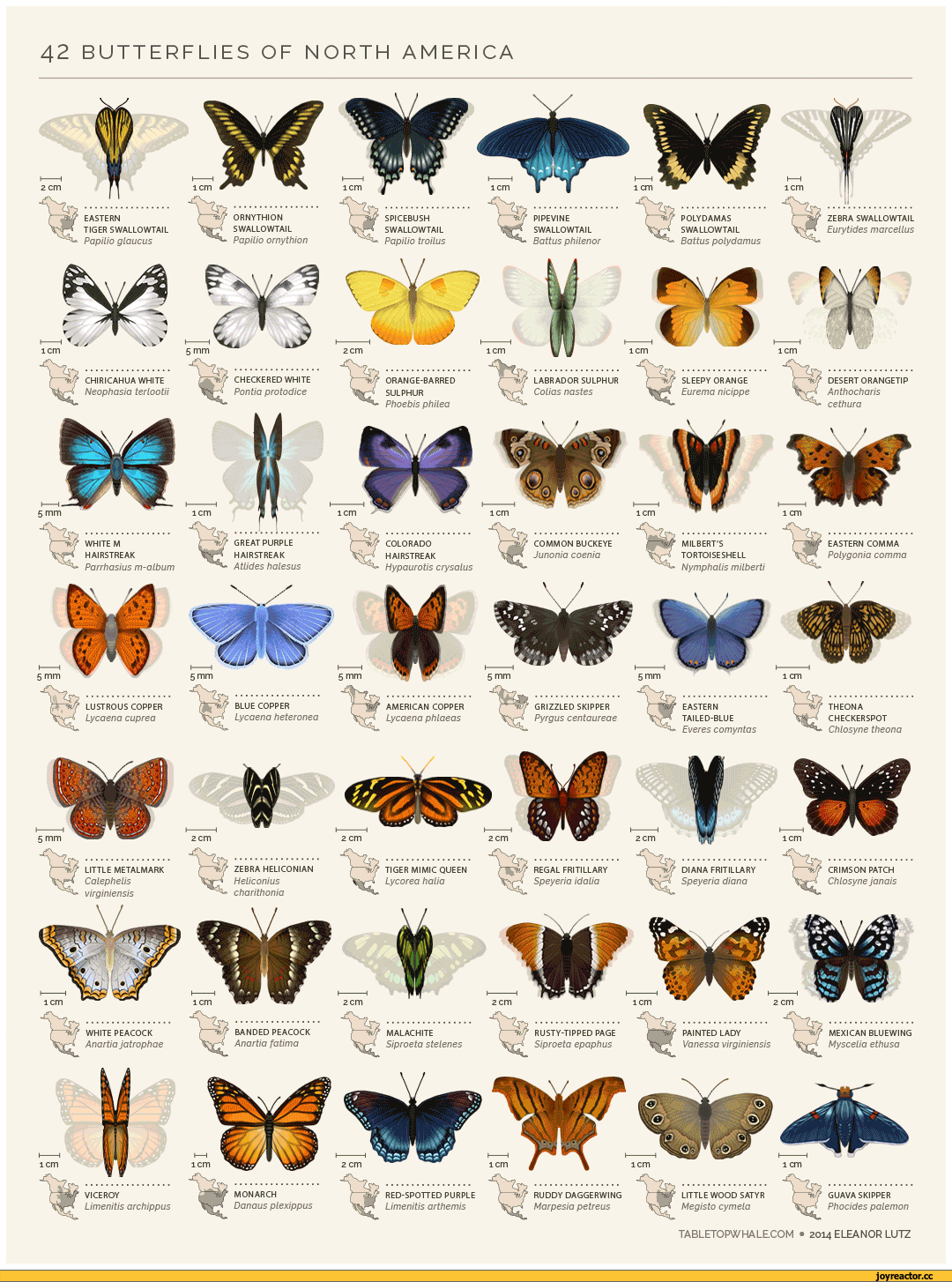Butterflies are not just beautiful creatures that flutter through our gardens and meadows; they are also vital indicators of a healthy environment. In the United States alone, there are approximately 750 species of butterflies, each contributing to the rich mosaic of our natural world. Let's delve into the fascinating diversity of butterflies in North America, compare it to other continents, explore some of the most interesting species, and understand the challenges they face and the efforts being made to conserve them.
Butterfly Diversity Across Continents
When it comes to butterfly diversity, North America holds a special place. While it has around 750 species, South America, known for its lush rainforests, boasts the highest butterfly diversity with over 7,000 species. Africa and Asia also have rich butterfly fauna, with Africa home to around 3,000 species and Asia hosting approximately 4,500 species. Europe's diversity is lower, with about 500 species, primarily due to its cooler climate and less varied habitats.
In North America, the region with the highest level of butterfly biodiversity is the southwestern United States, particularly Arizona and Texas. These areas offer a variety of habitats, from deserts and grasslands to forests and mountains, providing ideal conditions for a wide range of butterfly species. The warm climate and diverse plant life in these regions support the life cycles of many butterflies, making them a haven for butterfly enthusiasts.
Fascinating Butterflies of North America
North America is home to some truly captivating butterflies. Here are a few notable examples:
- Monarch Butterfly (Danaus plexippus): Known for its incredible migration from North America to central Mexico, the monarch is one of the most iconic butterflies. Its bright orange and black wings make it easily recognizable.
- Zebra Swallowtail (Eurytides marcellus): With its striking black and white striped wings, this butterfly is a favorite among nature photographers. It primarily feeds on pawpaw plants.
- Baltimore Checkerspot (Euphydryas phaeton): Named after the Maryland state flag, this butterfly has beautiful black, orange, and white markings. It's often found in wetlands and open meadows.
Below is one of the most captivating illustrations of butterfly diversity in North America, an animation by Eleanor Lutz showcasing 42 stunning butterfly species. This beautiful visual representation highlights the intricate patterns and vibrant colors that make butterflies such enchanting creatures.
Changes in Butterfly Species Diversity Over Time
Butterfly species diversity has experienced significant changes over time due to various factors such as habitat loss, climate change, and pesticide use. Urbanization and agricultural expansion have led to the destruction of many natural habitats, causing declines in butterfly populations. Additionally, climate change affects the availability of host plants and alters migration patterns, further impacting butterfly diversity.Species on the Verge of Extinction
Several butterfly species in North America are currently on the brink of extinction. The Miami Blue (Cyclargus thomasi bethunebakeri), once common in southern Florida, is now critically endangered due to habitat destruction and invasive species. The Karner Blue (Lycaeides melissa samuelis), found in the Midwest, is also endangered due to the loss of its native lupine plant habitat.
Conservation Efforts
Efforts to conserve butterflies in North America are gaining momentum. Organizations like the Monarch Joint Venture and the North American Butterfly Association are working to protect butterfly habitats and promote conservation awareness. Initiatives include planting native milkweed for monarchs, creating butterfly gardens, and conducting research on butterfly populations and migration patterns.
One of the most captivating illustrations of butterfly diversity in North America is an animation by Eleanor Lutz, showcasing 42 stunning butterfly species. This beautiful visual representation highlights the intricate patterns and vibrant colors that make butterflies such enchanting creatures.
Related Products on Amazon

This post may contain affiliate links. As an Amazon Associate, I earn from qualifying purchases.